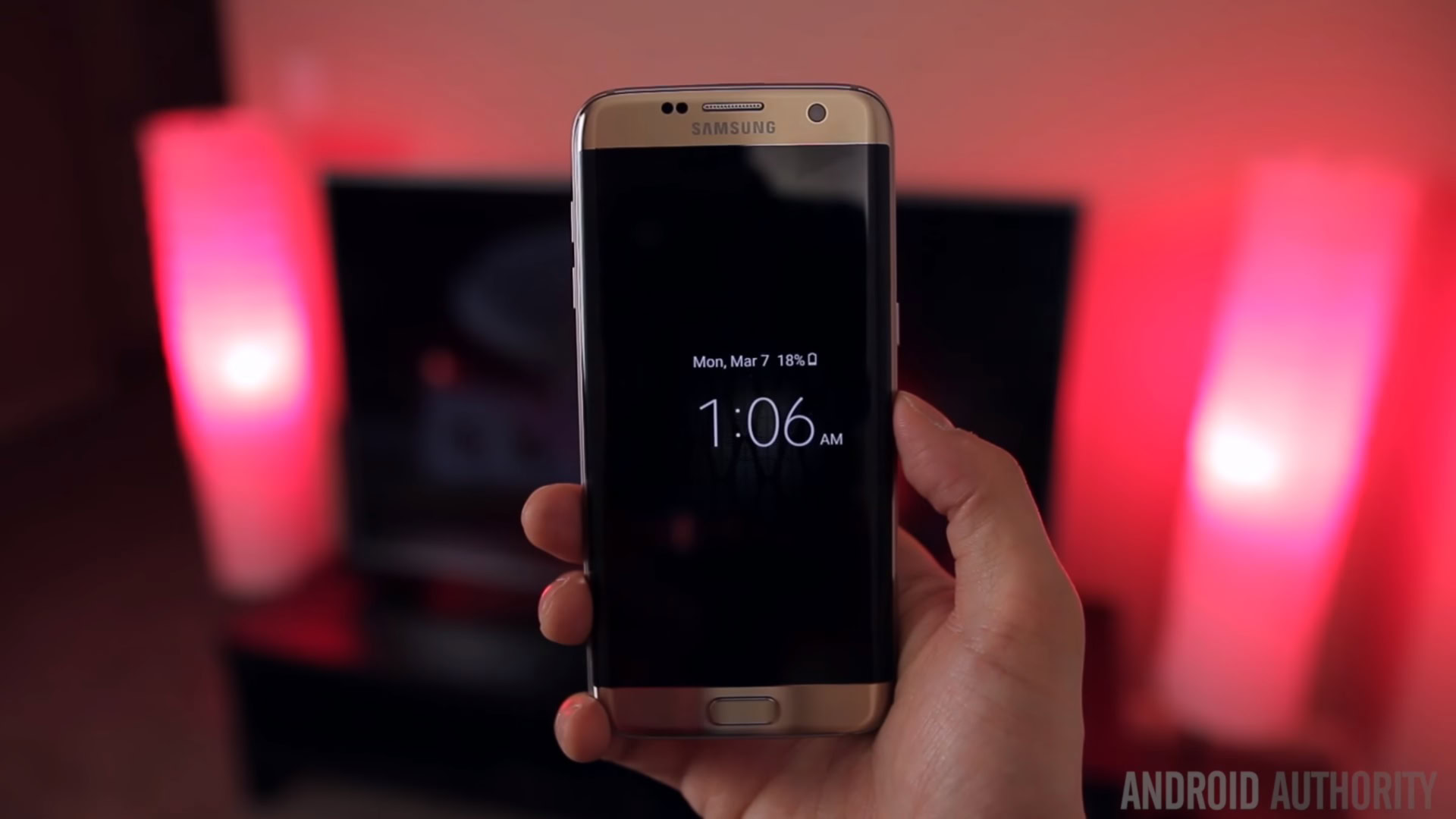Affiliate links on Android Authority may earn us a commission. Learn more.
Samsung explains the Galaxy S7's Always On Display (AOD)
March 28, 2016

When Samsung launched its Galaxy S7 and Galaxy S7 Edge last month, it brought forth a fortitude of features. Some were a triumphant return to form such as the inclusion of water resistance (from the Galaxy S5) and microSD card support. Others were entirely new, such as the Always On Display feature. Indeed it is this last in the list that Samsung has taken to talking about today.
In a post on its Samsung Newsroom site, the Korean conglomerate has extolled the virtues of its new screen-off-spectacle in a piece titled, fittingly, “How the Always On Display of the Galaxy S7 and Galaxy S7 edge Keeps You on Track”. The piece begins with a brief overview of the technology, followed by an explanation of its development.
As per Samsung’s comments, the AOD “allows users to check the time and date with ease, and also keep an eye on missed calls and message alerts, even when the phone is not in use and just on standby. And, with its variety of clocks, calendars and themes, the AOD even offers customization options.”
Perhaps the more interesting part, however, is the aforementioned history, where Samsung reveals the AOD functionality began development about three years ago. The problem of course, was in part one of power consumption. To battle such a barrage of battery bleed, several solutions were reached: (1) making liberal use of black colors which AMOLED displays don’t need to light, (2) reducing power consumption in sleep mode to 1/5 of previous models, and (3) applying a new hardware algorithm called Smart Power Saving.
The end result is that the hardware itself consumes power at different rates depending on if the phone is powered on, or in sleep mode. Samsung uses an analogy of how a car driver can opt between 2-wheel or 4-wheel drive depending on the road conditions. Likewise, with respect to the AOD itself:
Power consumption rates vary depending on the information users want to check via the AOD. The display only uses eight colors when it displays simple information, including the time and date. If more images or colors are to be displayed on the screen, then bit depth is increased to 16 million colors, requiring a little more power. This change happens automatically and seamlessly by AOD software and hardware in a harmonious way.
The last part of the piece focuses on yet another way the device makes smart use of energy efficiency: by decreasing the frame rate. The AOD has a lower refresh rate compared to normal operation. This, coupled with the relatively small AOD image itself means that battery power is preserved. Also in play are “special proximity, RGB light and accelerometer sensors work to automatically disable the AOD in situations when users are unable to see the screen, such as when the phone is in a pocket or a bag.” This also lets the AOD itself automatically adjust its brightness.
For the full feature, be sure to visit Samsung’s website here and read all the diligent details.
Thank you for being part of our community. Read our Comment Policy before posting.